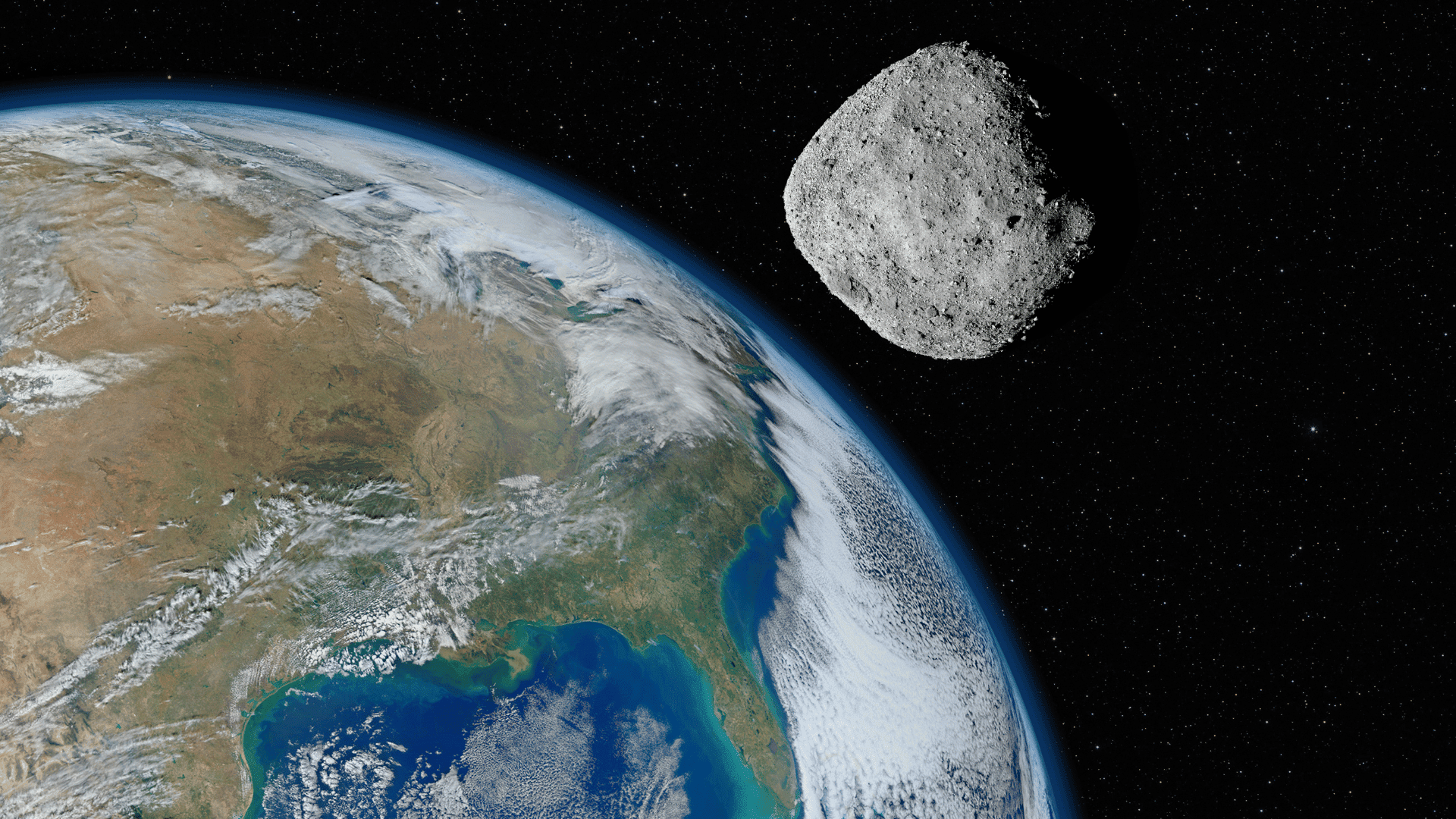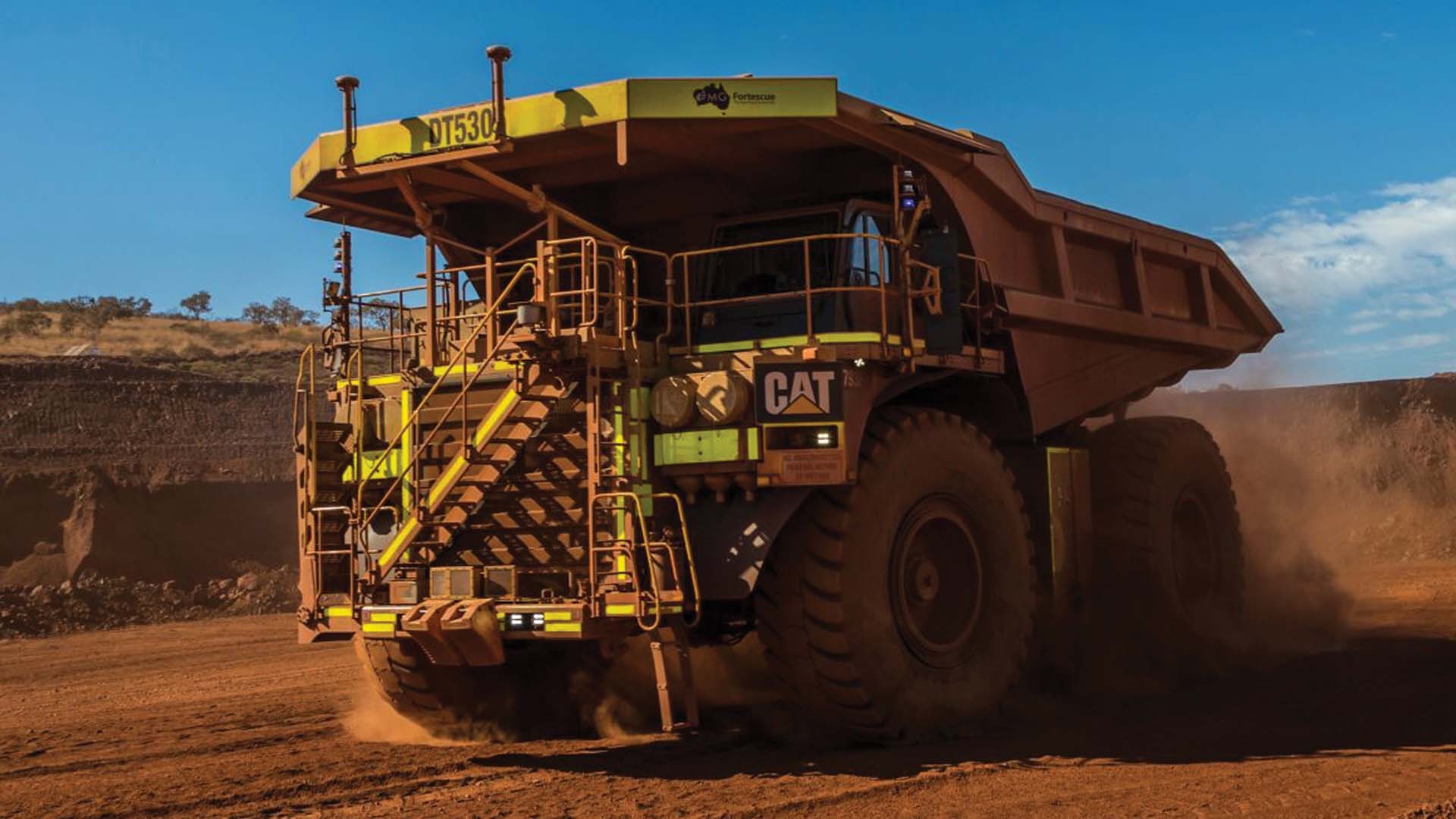Spotted for the first time just over a week ago, a bus-sized asteroid will pass by Earth today, September 3. Astronomers are hoping to study the space object while it’s close by, as it won’t get this close to Earth again until September 4, 2125.
Near-Earth Asteroid Flyby

According to NASA’s Jet Propulsion Laboratory (JPL) Asteroid Watch, the asteroid (2025 QV5) is approximately 35 feet (11 meters) across, and it’s moving at a speed of more than 13,900 mph (22,400 km/h).
2025 QV5 will pass within 500,000 miles (805,000 kilometers) of Earth on Wednesday. That’s approximately twice as far away from Earth as the moon, according to JPL’s Small-Body Database Lookup.
Though the asteroid will make a few more “close approaches” to Earth over the next 100 years, these flybys will not be nearly as close as this one. In 2026, for example, the space object will come within 3.3 million miles (5.3 million km) from Earth, according to Live Science.
According to current calculations from the Small-Body Database Lookup, the space rock will reach a distance of approximately 830,000 miles (1.3 km) from Earth on September 4, 2125. This approximation of the orbital trajectory may be refined as researchers collect more data on 2025 QV5.
NASA is also monitoring a few other asteroids that are flying by close to Earth today, including 2025 QD8, which will come within 136,000 miles of Earth. According to the space agency’s Center for Near-Earth Object Studies, this asteroid measures approximately 71 feet in diameter (around the size of an airplane) and is traveling at 28,000 miles per hour. At its closest approach point, it will be around 57% the Earth-Moon distance.
Both space objects have been listed as targets for NASA’s Goldstone radar telescope, which focuses on tracking and imaging near-Earth asteroids.







